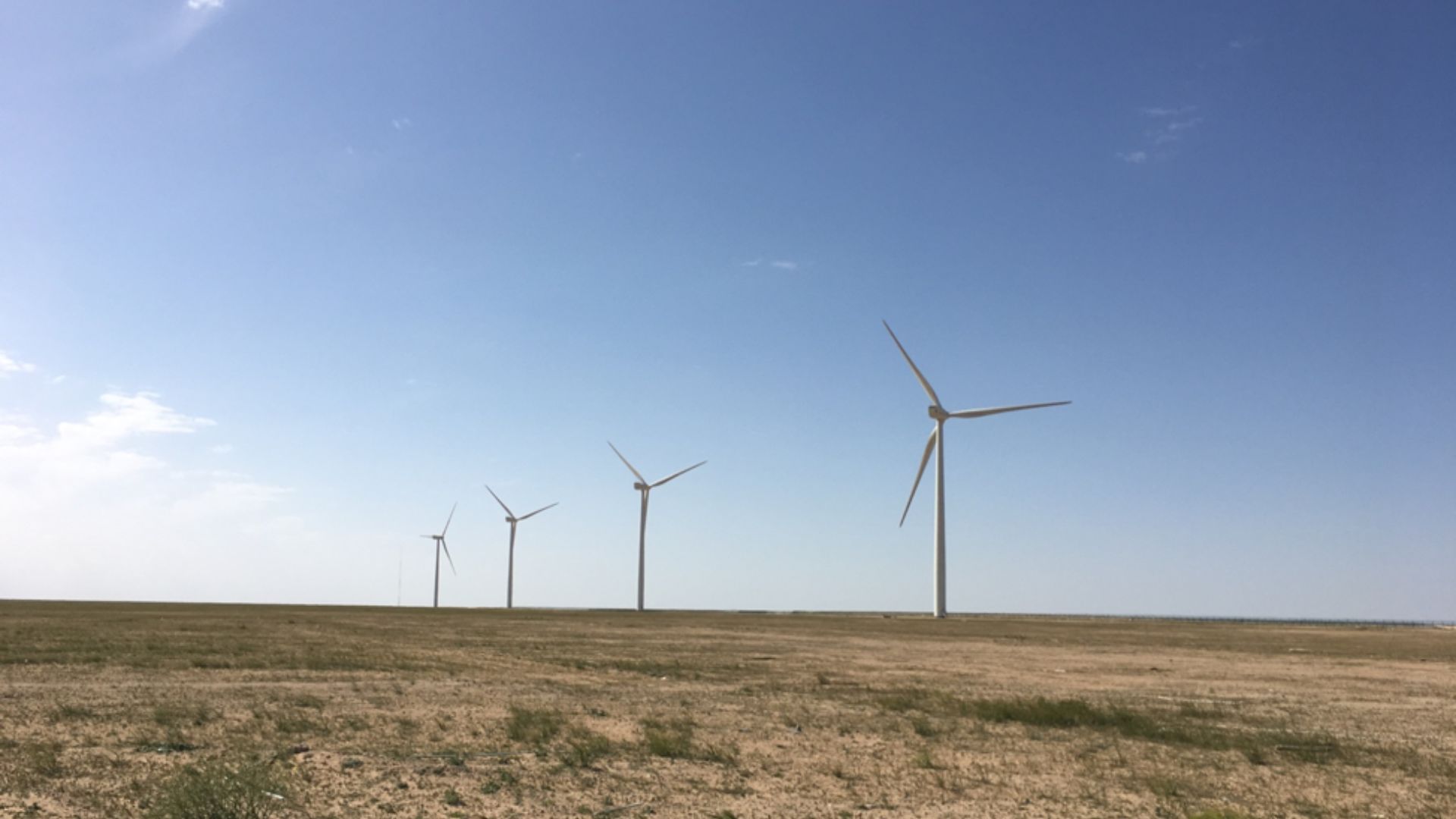Kuwait's Ambitious Drive towards Renewable Energy and Economic Diversification
- Kuwait | 18 August 2017

Kuwait, a global energy leader with substantial oil reserves, is now focusing on responsible extraction and considering sustainable energy sources due to excessive domestic energy consumption and becoming a net importer of natural gas. The country ranks sixth in the world for proven oil reserves, with 101.5 billion barrels of oil and a reserve to production ratio of 89.8. Kuwait produced an average of 3.09 million barrels of oil per day in 2015, which declined by 1.1% compared to 2014. However, as part of an OPEC supply cut agreement, Kuwait reduced production to just over 2.7 million barrels per day in January 2017.
Kuwait’s downstream value creation has remained stable, and it has the capacity to produce 935,000 barrels per day of refined petroleum products. The majority of Kuwait’s oil exports, which are worth nearly USD48.8 billion annually, go to the Asia Pacific region. Kuwait also has a significant refining infrastructure, employing various techniques such as vacuum distillation, thermal operations, and catalytic cracking, among others. Its refining capacity includes the production of gasoline, kerosene, distillates, and residuals.
The country has been actively expanding its energy infrastructure, adding 13 new oil rigs and completing 622 new wells between 2014 and 2015. Kuwait’s daily crude oil production of 1.9 million barrels is primarily destined for Asia, with smaller portions going to North America, Europe, and Africa. Kuwait also exports refined petroleum products to Asia Pacific, Europe, and North America.
In terms of natural gas, Kuwait has nearly 1.8 trillion cubic meters of proven reserves. While production has slightly decreased, consumption has seen significant growth, leading Kuwait to become a net importer of gas.
Kuwait’s electricity generation heavily relies on oil and natural gas, with nearly 71% of electricity produced in liquid fuel generators. However, there is a growing commitment to renewable energy, particularly solar power. Kuwait aims to increase renewable energy generation to 15% of its overall power generation by 2030. The Ministry of Electricity and Water manages the country’s electricity infrastructure, which currently has an installed capacity of almost 16 GW. Kuwait plans to increase its capacity to 28 GW by 2030 and nearly 24 GW by 2020.
As Kuwait moves towards its 2030 energy goals, renewable and alternative energy sources will play a crucial role. The country aims to diversify its distribution matrix and invest in grid expansion. Kuwait’s renewable energy consumption increased by 36.9% between 2014 and 2015, although total consumption remains relatively low. To fulfill the growing energy demand, significant investments in grid and infrastructure, estimated at around USD23 billion, will be required.
While Kuwait faces challenges such as low oil prices and the need for diversification, the government remains committed to expanding its oil sector and mobilizing fiscal strength to maintain its position as a major hydrocarbon power. The private sector may face constraints, but the government continues to support Kuwait’s energy development and aims to secure its future beyond oil.








